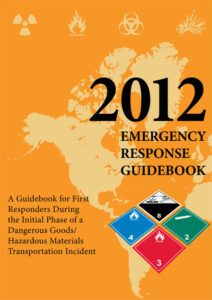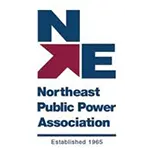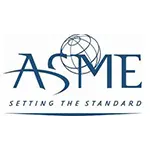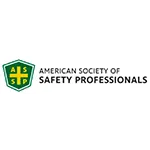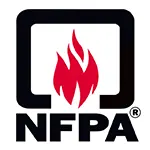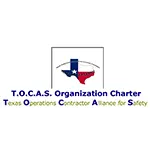CLICK HERE to Renew your Membership
CLICK HERE for a NEW Membership
CLICK HERE to see eligibility requirements for FREE Membership
If you have any questions, please contact me
We offer:
- Over 17,600 categorized unsafe acts/conditions and accident/injury photos
- Over 1,450 ppt's & doc's
- Over 3,975 technical articles on Process Safety & Occupational Safety & Health matters
- Over 450 videos

I am proud to announce that have extended our”Partners in Safety” agreement for another year (2025).
CI Members, send me an e-mail to request your FREE SAFTENG membership.





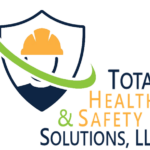








April 7, 2012
PLEASE NOTE that the image is the cover of the 2012 edition, which is NOT YET available; however, the 2012 guidebook will fundamentally be the same book as the 2008 version, so the free training video is STILL VALID. Click Here for the video from the Pipeline and Hazardous Materials Safety Administration.
Read More
April 7, 2012
This research investigates the feasibility and challenges of developing quantitative evidence of links between ongoing activities and reductions in death, injury and causes of ill health caused by work. The study focuses on the activities of HSE as a whole and their link with final health and safety (H&S) outcomes.
…
HomeRead More »
Read More
April 7, 2012
29 CFR Part 1910 Bloodborne Pathogens Standard;Corrections and Technical Amendment AGENCY: Occupational Safety and Health Administration (OSHA), Labor.ACTION: Final rule; corrections and technical amendment.SUMMARY: OSHA is making a technical amendment to its Bloodborne Pathogens Standard by moving the rule’s paragraph on sharps injury log requirements from paragraph (i), entitled “Dates”,...
Read More
April 7, 2012
The term “Shelter-in-Place” (SIP) is becoming more and more popular in emergency response plans and although it is a VITAL part of many response plans, doing it PROPERLY may NOT be as easy as it sounds. In this article, I hope to explain what is required when we claim “shelter-in-Place” as a method to manage exposures during a chemical release and some of the issues we...
Read More
April 4, 2012
With workers like this, the safety profession will forever be needed! Just think… one of us will have the personal pleasure of keeping the young people in this video safe! They will be working in our plants before you know it.
Read More
April 2, 2012
This is NOT an April Fool’s joke, but a fact. It is not a well known requirement, but we have seen OSHA use this from time to time when teams have been disbanded – me being one of those they used to make an example of. But 1910.120(q)(9) refers us back to 1910.120(f) in regards to medical evaluations team members must receive. And 1910.120 (q)(9) and (f) state… …...
Read More
April 2, 2012
MANY THANKS to my NEW & RENEWING “Partners in Safety”for their support! since 2012 since 2007 Since 2010 since 2006 2012 Fatality Tracker Electrical 20 (2011 = 81) (2010 = 90) (2009 = 100) Forklift/Manlift Mobile Equipment 14 (2011 = 84) (2010 = 110) (2009 = 88) Mining 25 (2011 = 248) (2010 = 480) (2009 = 586) Explosions 39 (2011 = 218) (2010 = 246) (2009 = 302) Cranes 10 (2011...
Read More
April 1, 2012
If you have been around ammonia refrigeration very long, you have most likely heard a horror story or two related to “draining an oil pot.” This task is also very well known by OSHA and EPA inspectors and is often used as a point of review for operating and maintenance procedures during PSM/RMP inspections. So to best lay this all out in some logical progression, lets first look at the...
Read More

